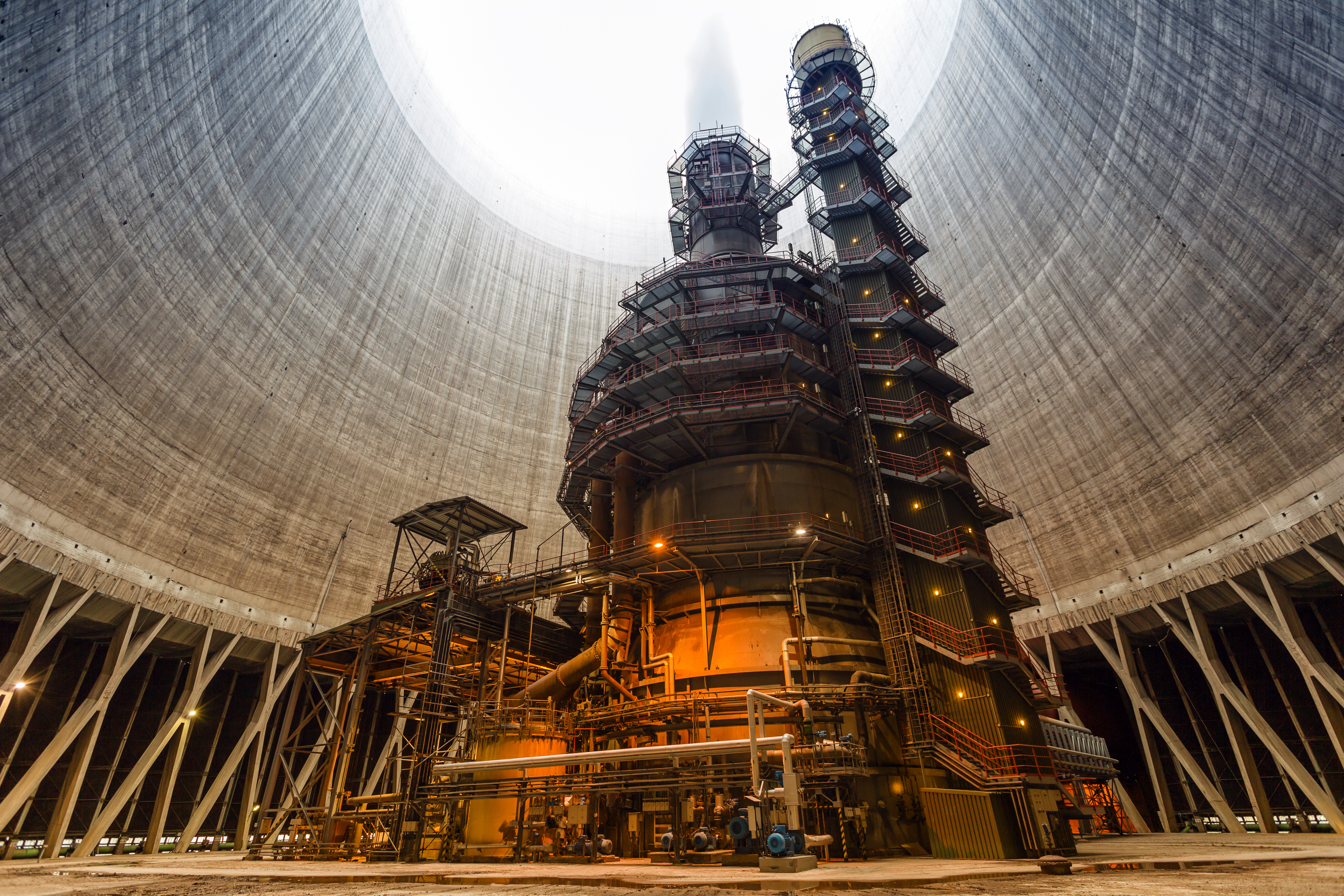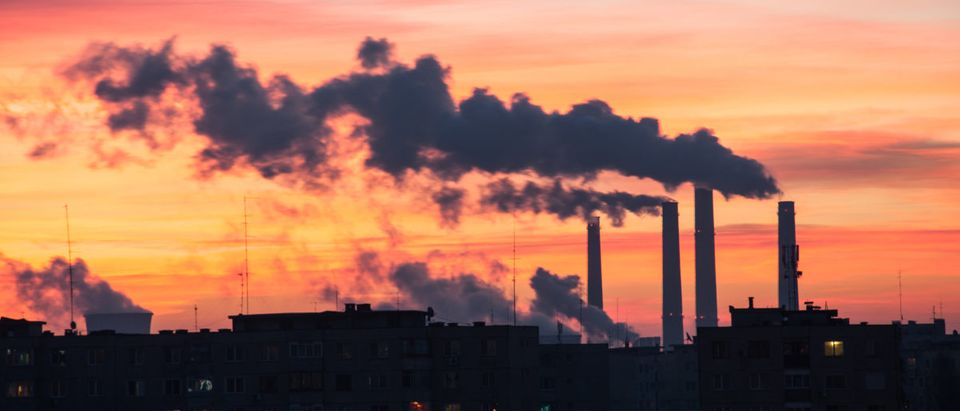A stress test conducted by the regulatory authority that oversees North America’s electric grid lends credibility to the Trump administration’s warnings that rampant coal and nuclear plant closures could result in power outages.
The North American Electric Reliability Corporation (NERC) — an international nonprofit that examines and promotes grid reliability among utility systems in the U.S. and Canada — released its Generation Retirement Scenario on Tuesday. In its 44-page report, the regulatory authority found an aggressive rate of coal-fired and nuclear plant retirements risks electric grid reliability.
Grid reliability refers to the power system’s ability to deliver electricity at the rate it is demanded. If electric utilities are not able to meet demand at any given time, the result would be a blackout for the affected region. While more traditional power generators like coal and nuclear plants can generate electricity at a constant rate, renewable energy technology, such as wind and solar, produces electricity at more intermittent and weaker intervals.
For its reliability assessment, NERC performed a “stress test” scenario. The hypothetical situation identified nuclear and coal plants that are at-risk of retirement by 2025, and accelerated the timeframe to 2022. In the accelerated timeline, NERC found areas that were at risk of failing to meet peak electricity demand.
“In nearly all areas assessed, large-scale retirements would likely create the need for electric and natural gas infrastructure, expedited buildout of new generation and increased use of demand-side resources,” said John Moura, NERC’s director of reliability assessment, in the Tuesday report. “These findings underscore the challenge and the need for risk-informed planning.”
The report stresses this study was conducted to identify risk only, and should not be used as a predicative forecast.
The report loosely reflects the Trump administration’s reasoning for a federal bailout on coal and nuclear facilities.
The Department of Energy attempted to enact such a bailout plan, but the Federal Energy Regulatory Commission (FERC) unanimously rejected it in January. The Energy Department then went back to the drawing board and drafted another bailout that was leaked to the media over the summer. The new plan warned of grid reliability risks stemming from rampant coal and nuclear plant closures. However, this plan was ultimately shelved by the White House in October.

Thermal Nuclear Plant. Shutterstock
The NERC report comes as the U.S. power system is undergoing an immense transformation. Coal plants — which have long been the backbone of the country’s generation industry — are shuttering at a rapid pace and getting replaced with renewables and natural gas. The Trump administration’s deregulation policy does not appear to be helping coal companies stave off early retirement. (RELATED: Struggling Coal Plants May Get A Lifeline In New Senate Bill)
While environmental groups have vehemently opposed Trump’s attempt to save coal, more green groups are beginning to change their tune on nuclear plants, recognizing their closures will result in more carbon emissions. A growing number of state governments are passing legislation that saves their at-risk nuclear facilities to stave off emissions.
In terms of protecting grid reliability, NERC recommends operators to assess whether they have the tools to manage major generation retirements and have regulators allow for a more streamlined process to upgrade energy infrastructure.
Follow Jason on Twitter.
All content created by the Daily Caller News Foundation, an independent and nonpartisan newswire service, is available without charge to any legitimate news publisher that can provide a large audience. All republished articles must include our logo, our reporter’s byline and their DCNF affiliation. For any questions about our guidelines or partnering with us, please contact licensing@dailycallernewsfoundation.org.


